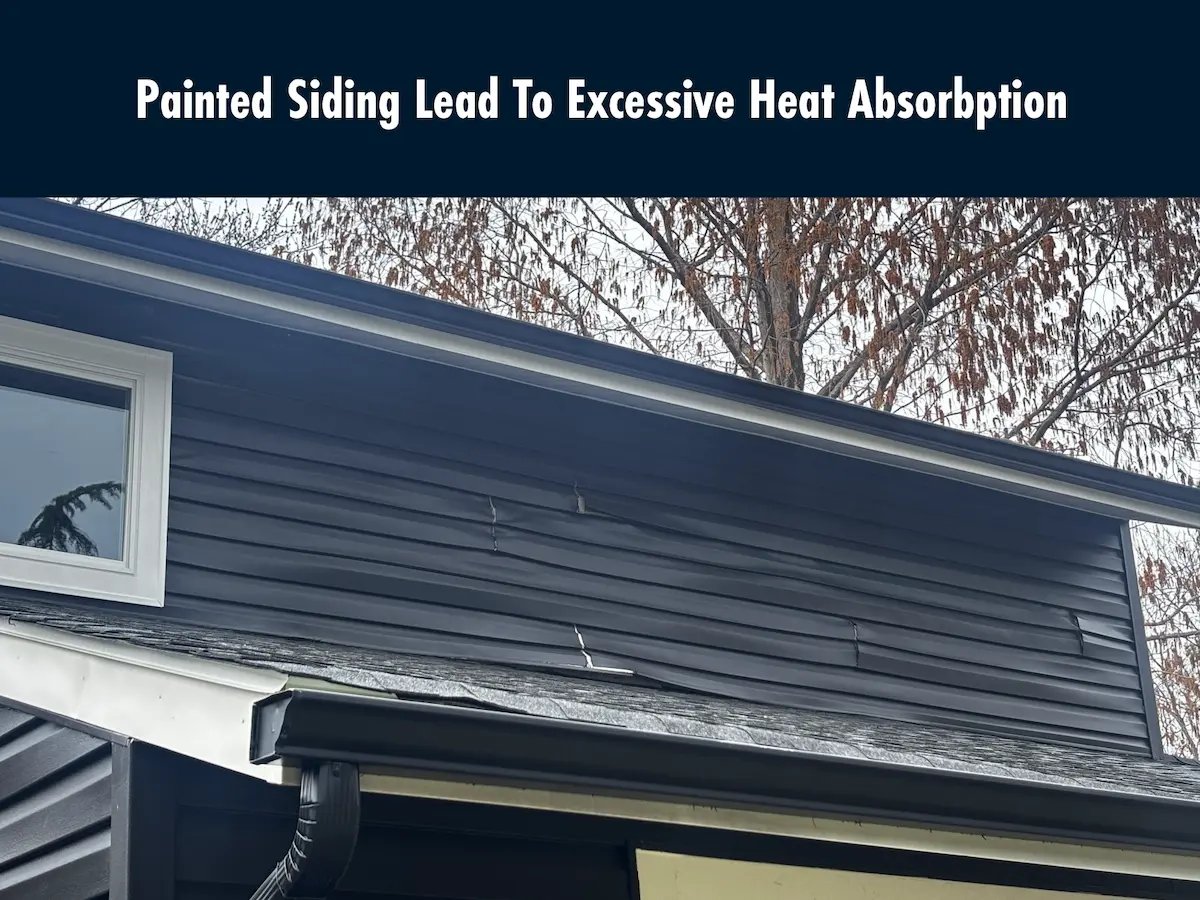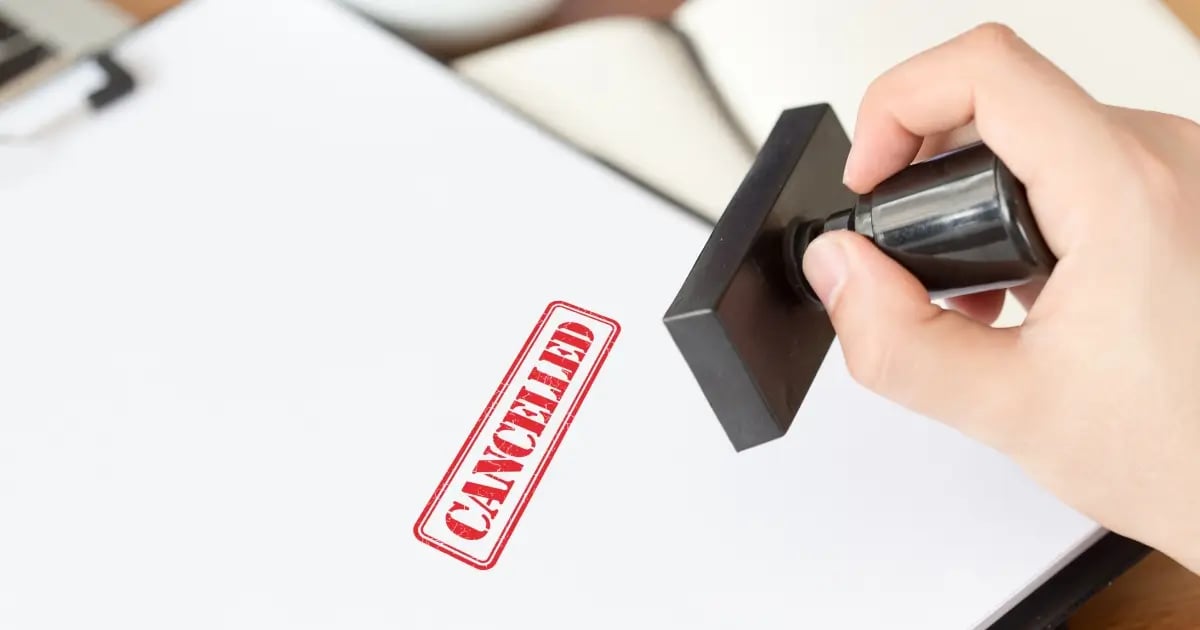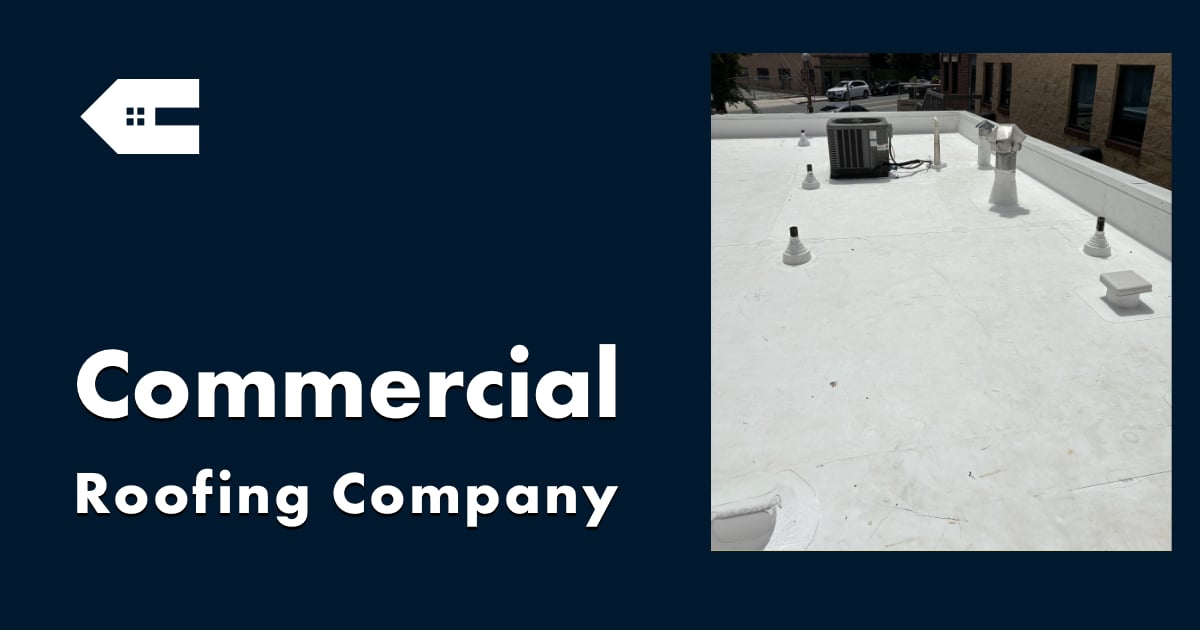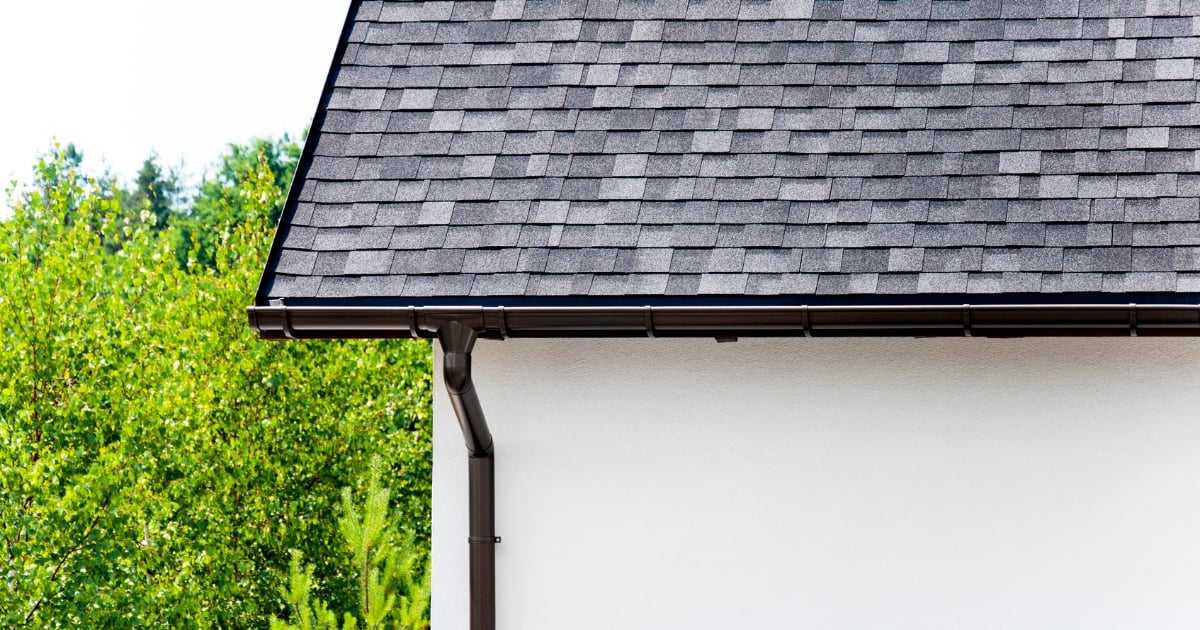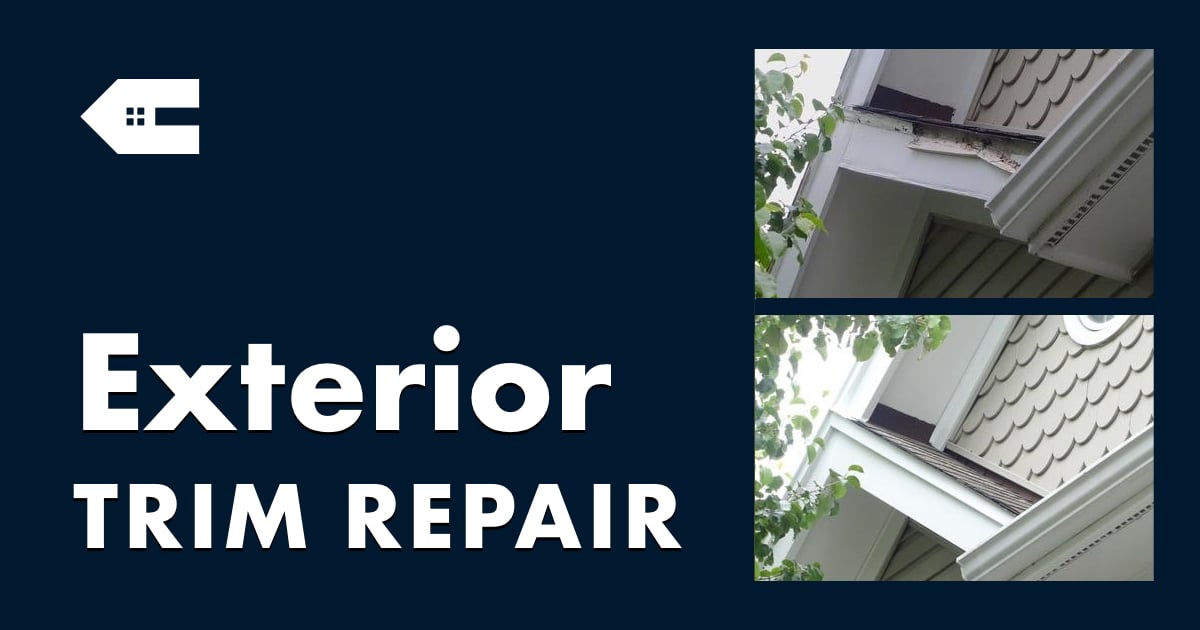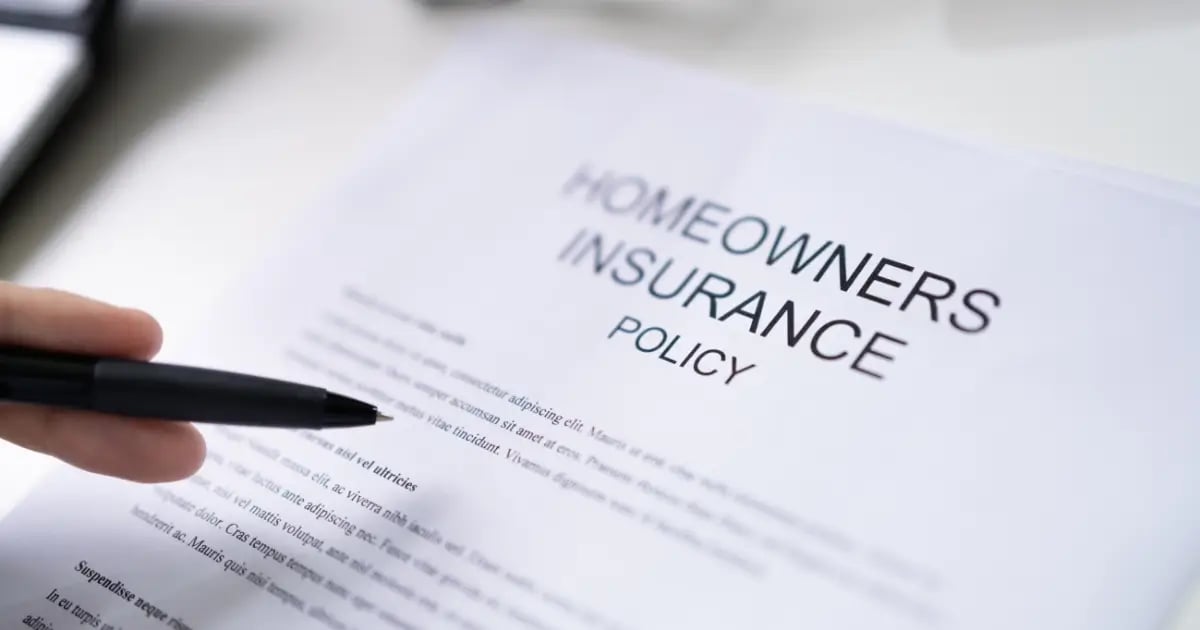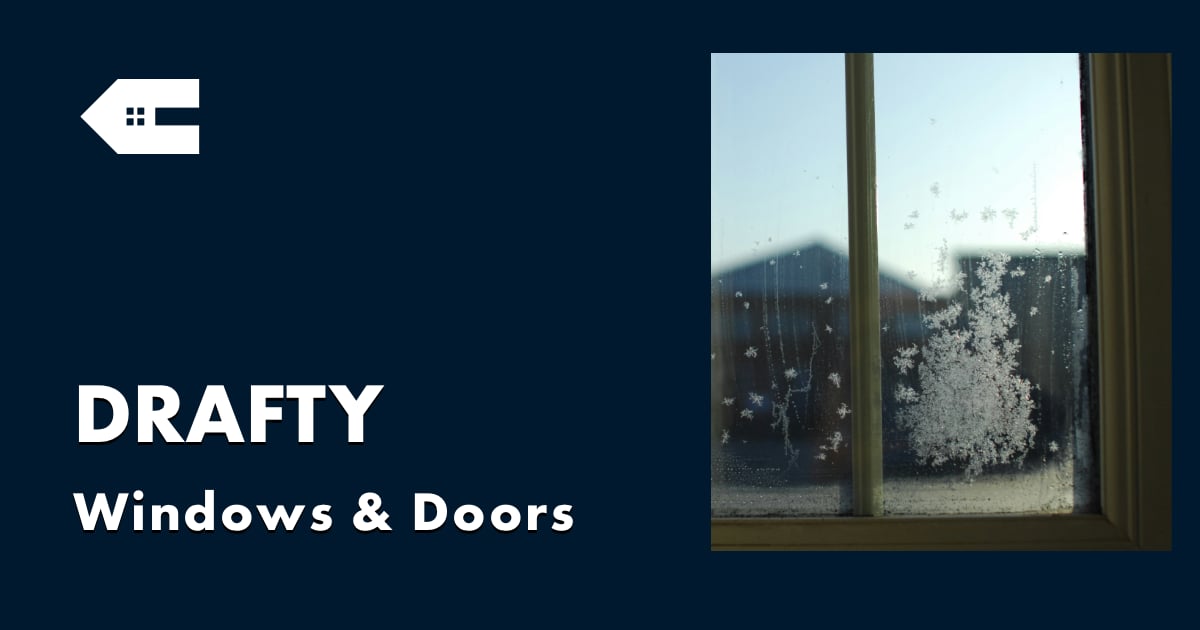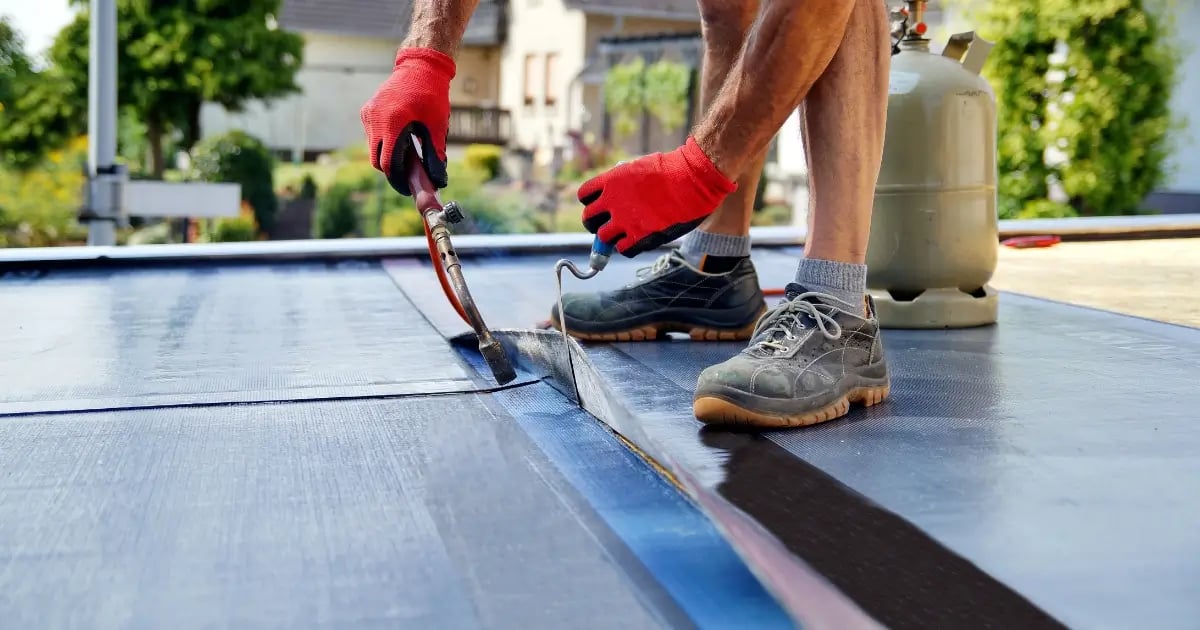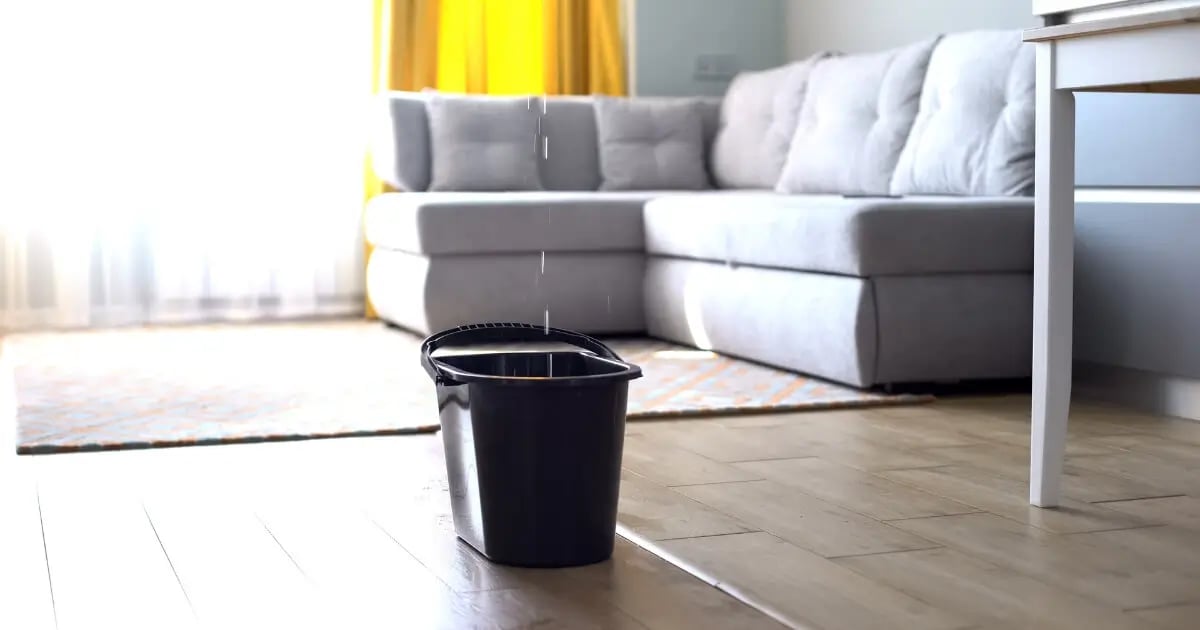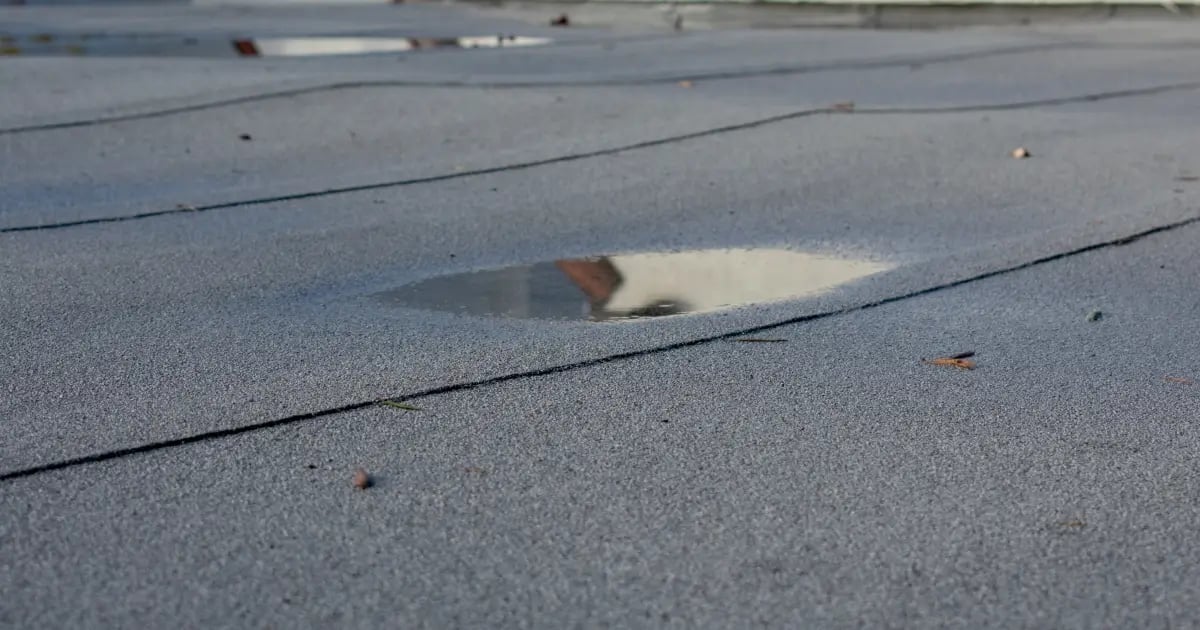Blog
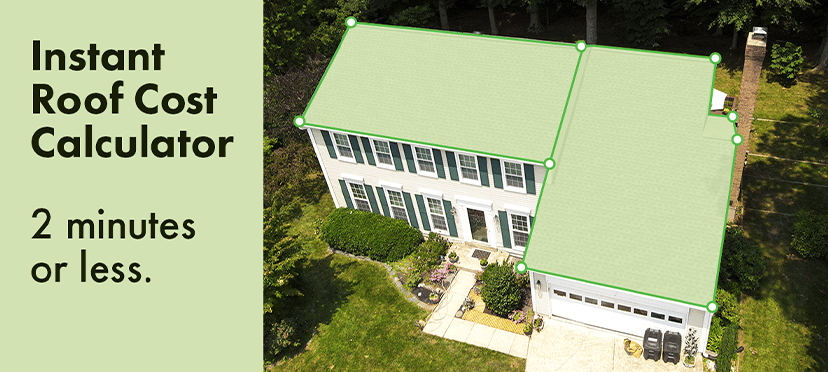
June 7, 2024
Roofing Cost Calculator: Virginia

March 15, 2024
Roofing Cost Calculator: Washington DC
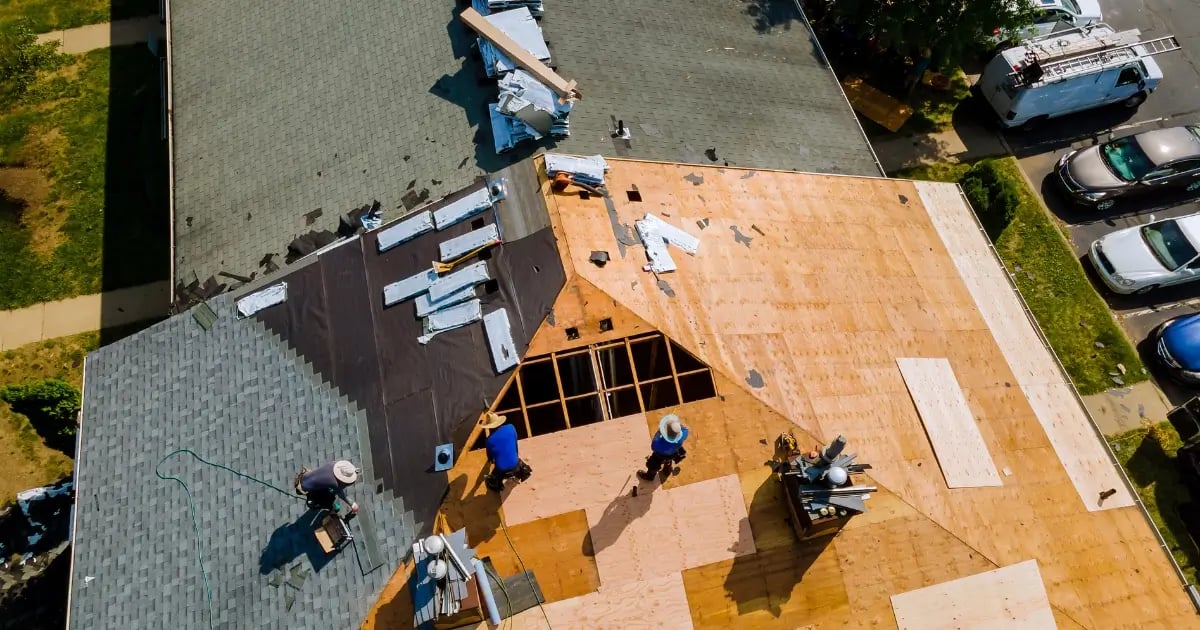
January 25, 2024
How Much Does a Maryland Roof Replacement Cost?
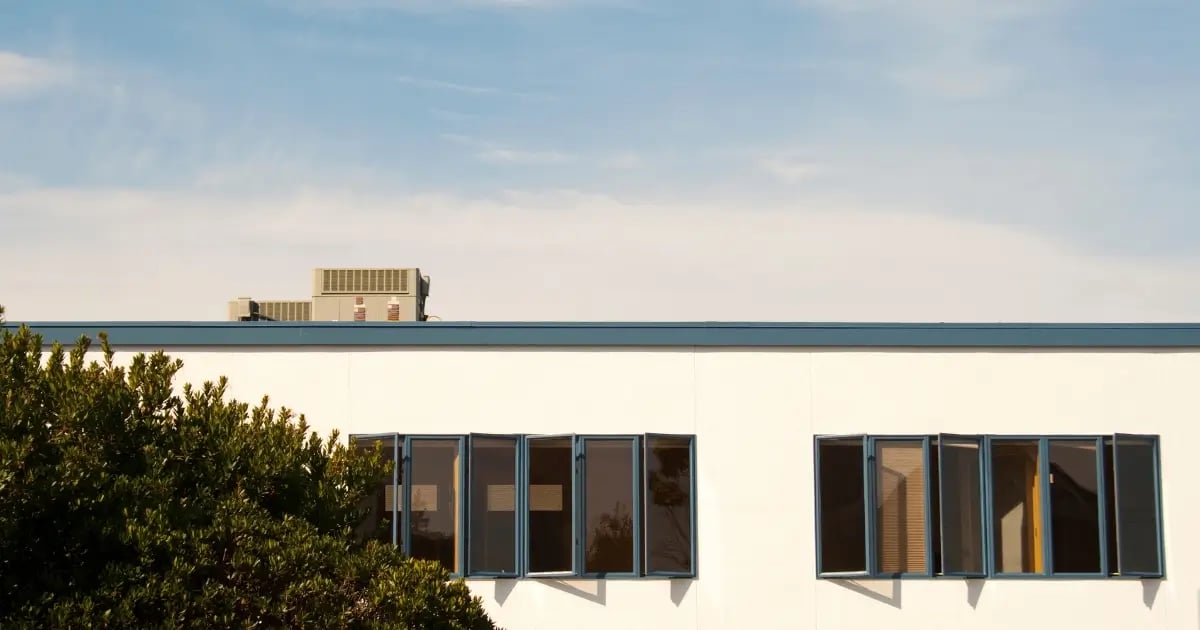
January 20, 2024
Comprehensive Guide to Flat Roofs for Homes in Washington, D.C.

January 15, 2024
How to Get Insurance to Pay for Your Roof Replacement
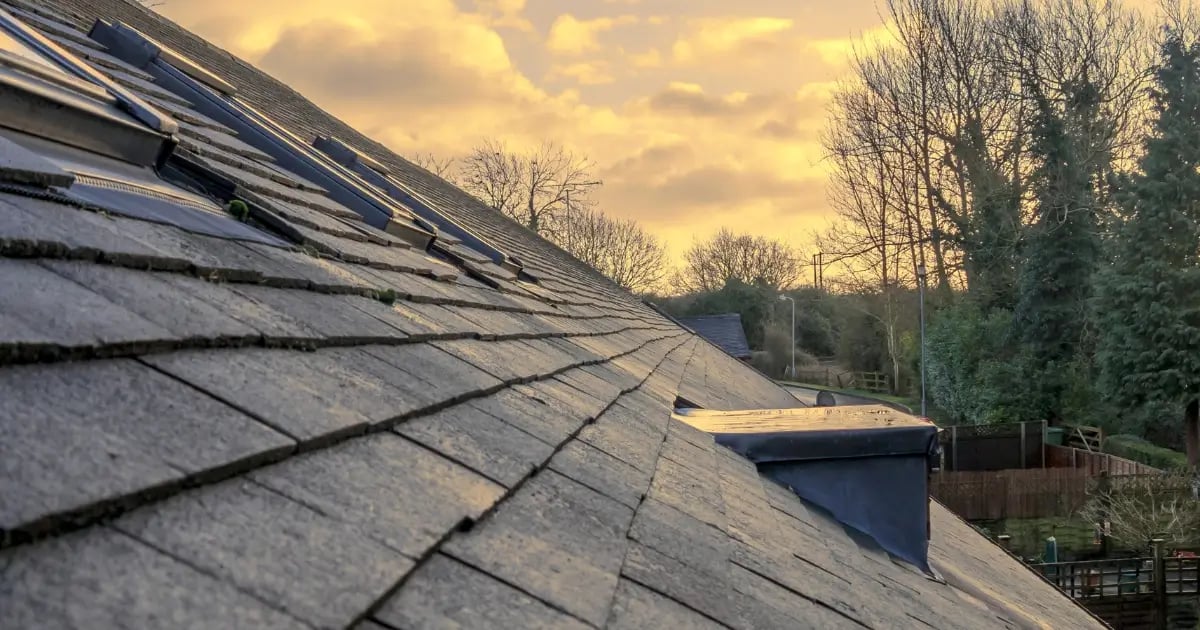
January 15, 2024
Time for a New Roof? 10 Signs Your Roof Needs to be Replaced
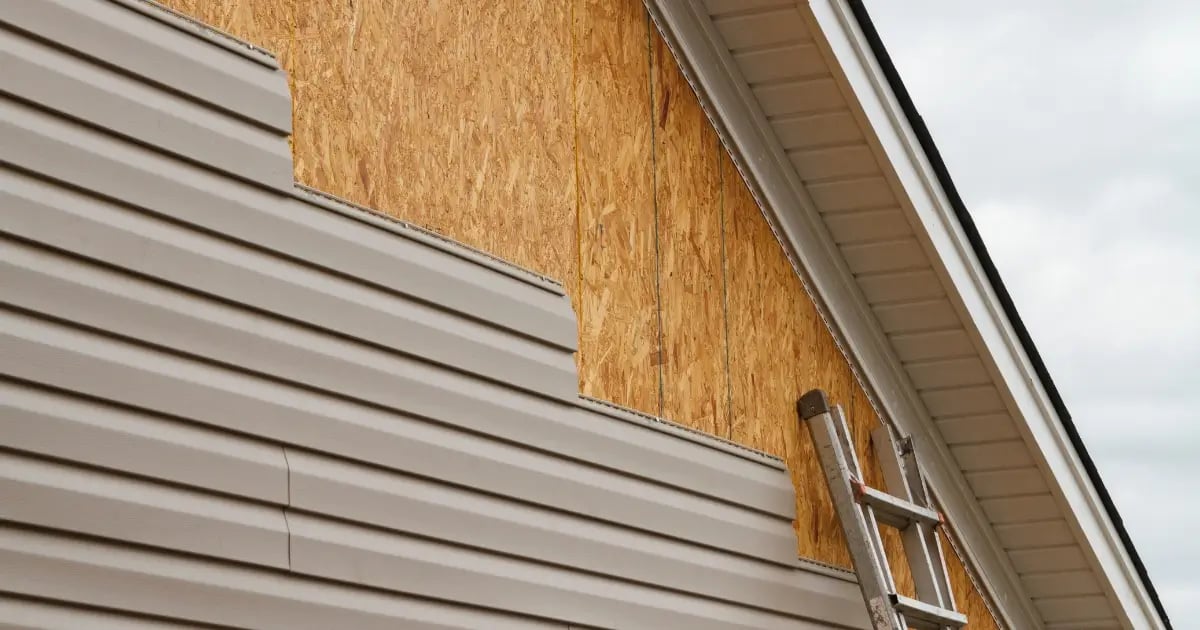
January 15, 2024
PVC-Coated Aluminum vs Vinyl Trim Wrap: Which is Better?

January 15, 2024
How to File a Roof Insurance Claim: Step by Step
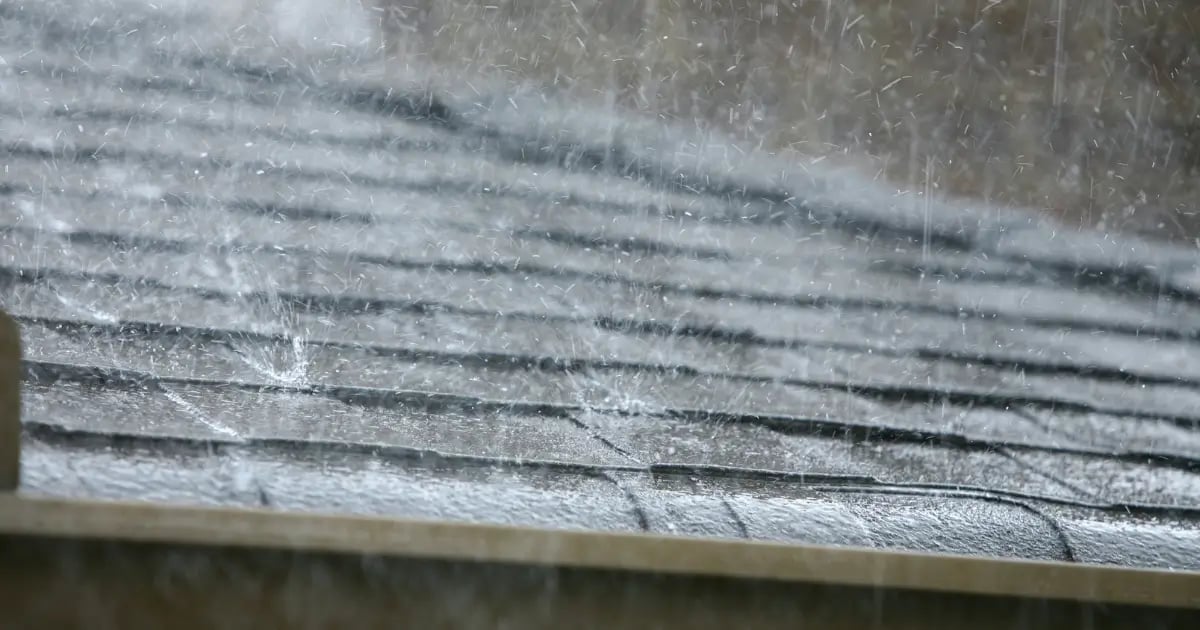
January 15, 2024
What is the Best Time of Year to Replace Your Roof?
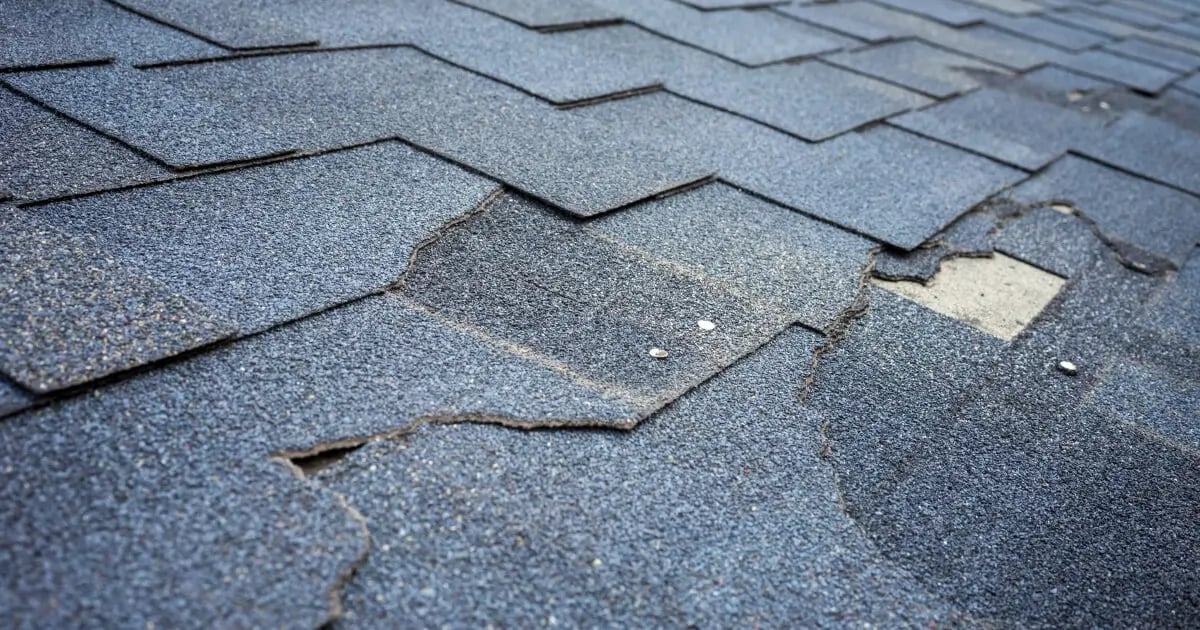
January 15, 2024
What To Do About a Maryland Storm-Damaged Roof
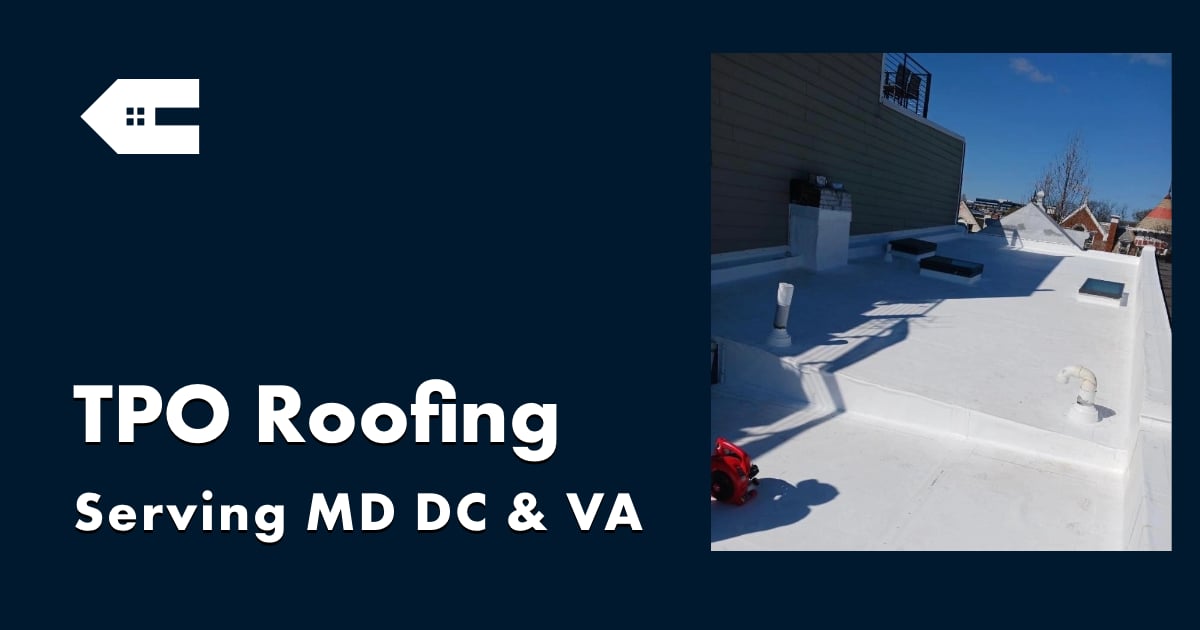
January 12, 2024

